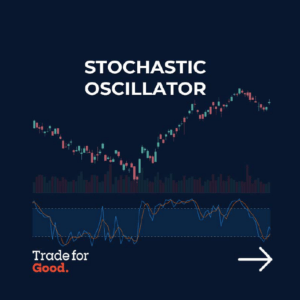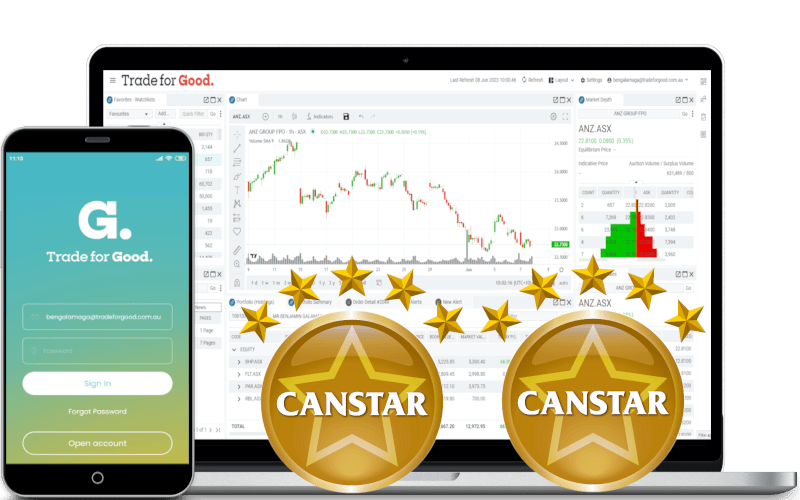 A stochastic oscillator is a momentum indicator that compares a specific closing price of a security to a range of its prices over a defined period of time.
A stochastic oscillator is a momentum indicator that compares a specific closing price of a security to a range of its prices over a defined period of time.
It is used to generate overbought and oversold trading signals, utilizing a bounded range of values from 0 to 100.

Key Takeaways
- The stochastic oscillator indicator generates overbought and oversold signals.
- It measures price on a scale from 0 to 100, with readings above 80 indicating that an asset is overbought.
- Reading below 20 indicates that it is oversold.
- Stochastic oscillators gauge the momentum of an asset’s price to identify trends and forecast reversals.

Understanding the Stochastic Oscillator
Stochastic oscillator charts typically include two lines: one representing the actual oscillator value for each session and another showing its three-day simple moving average.

Since price is believed to track momentum, the intersection of these two lines is considered a signal that a reversal may be imminent. This intersection suggests a significant shift in momentum from day to day.
The Divergence between the stochastic oscillator and trending price action is also considered an important reversal signal.
 The %K is often referred to as the “fast stochastic” indicator.
The %K is often referred to as the “fast stochastic” indicator.
The “slow” stochastic indicator is represented by %D, which is a 3-period moving average of %K.
Limitations of the Stochastic Oscillator
The primary limitation of the stochastic oscillator is its tendency to produce false signals.
This occurs when the indicator generates a trading signal that isn’t followed by price movement, resulting in losing trades.
Such occurrences are more common during volatile market conditions. One way to mitigate this issue is to use the price trend as a filter, only acting on signals that align with the prevailing trend.

-
How to find where the indicators are and add them to charts?
Read More
You can download the offline guide here Stochastic Oscillator Indicator Guide

What you learn here has been used in our Trade for Good software.
Click on the button to find our software education videos.
You can read more of our educational articles in the Trade for Good Learn section
Trade for Good Learn


